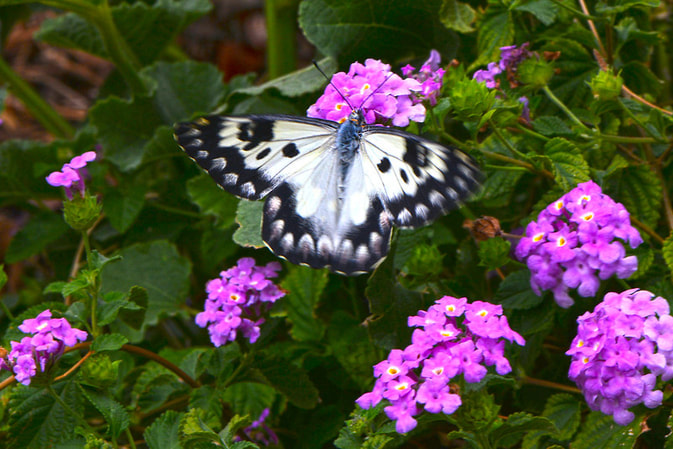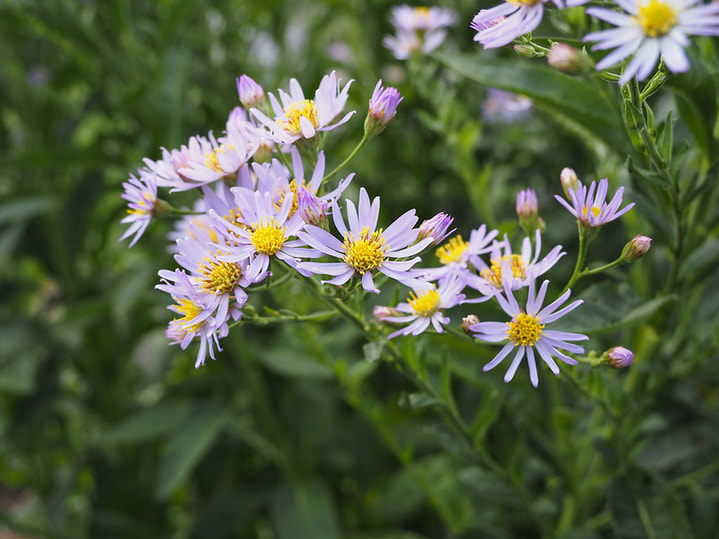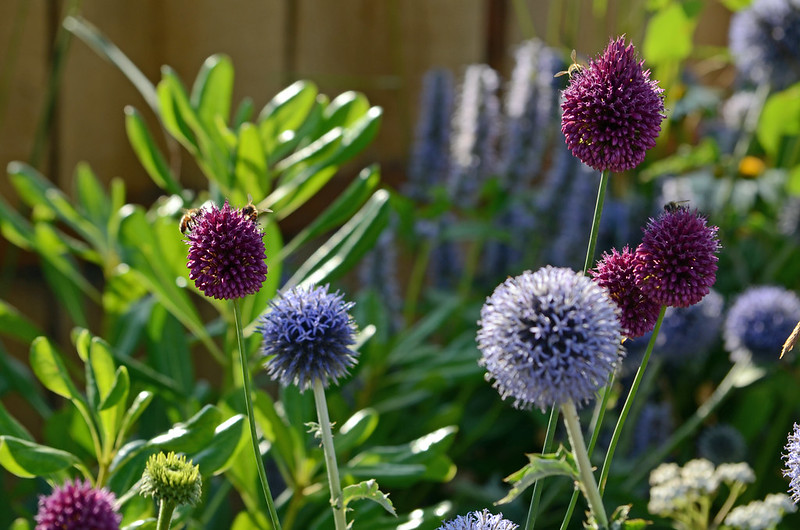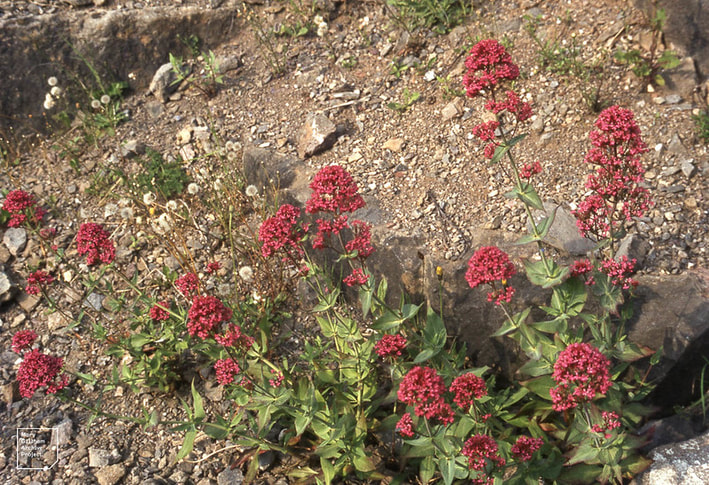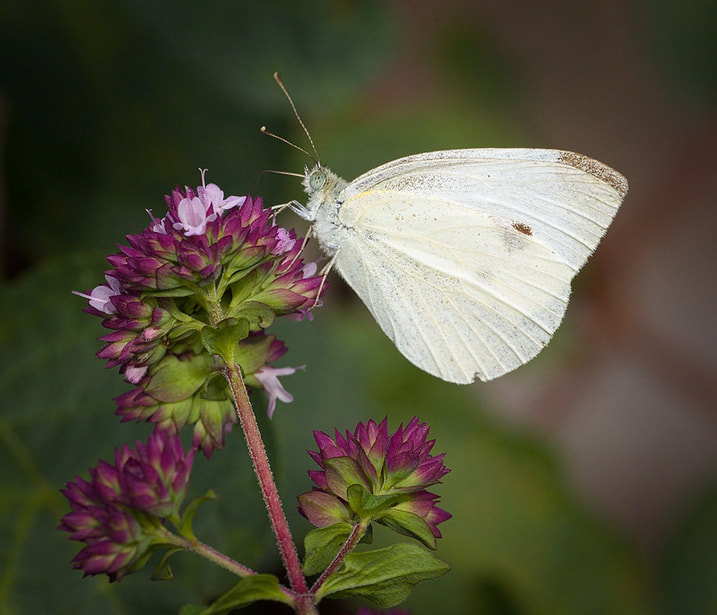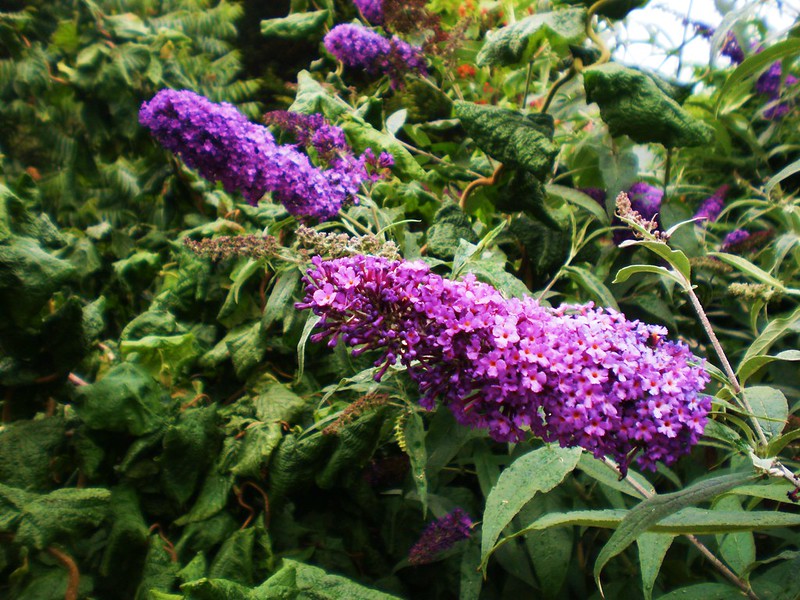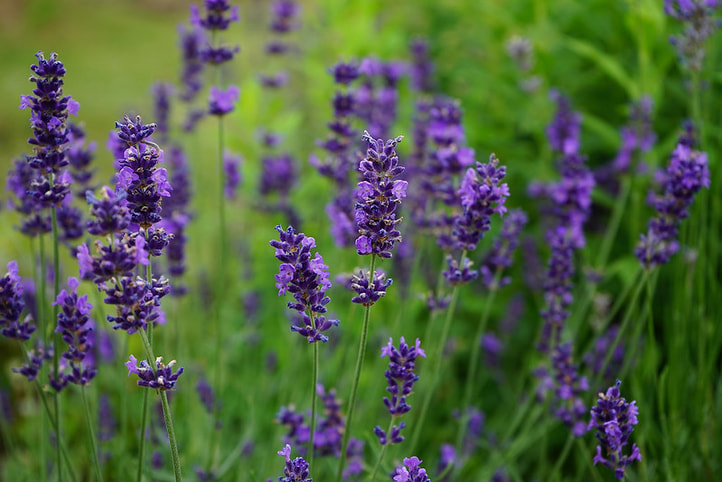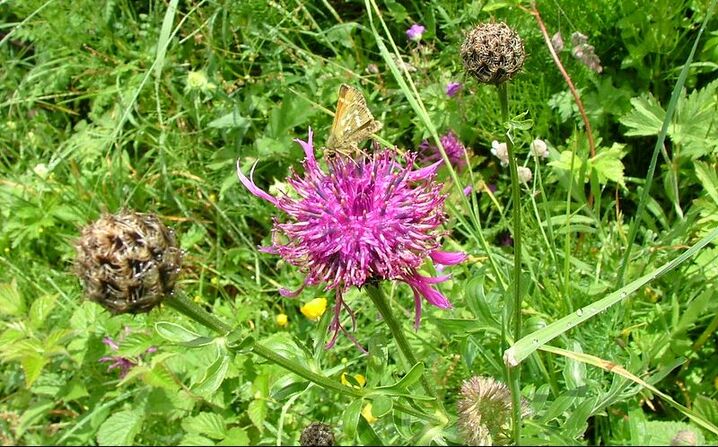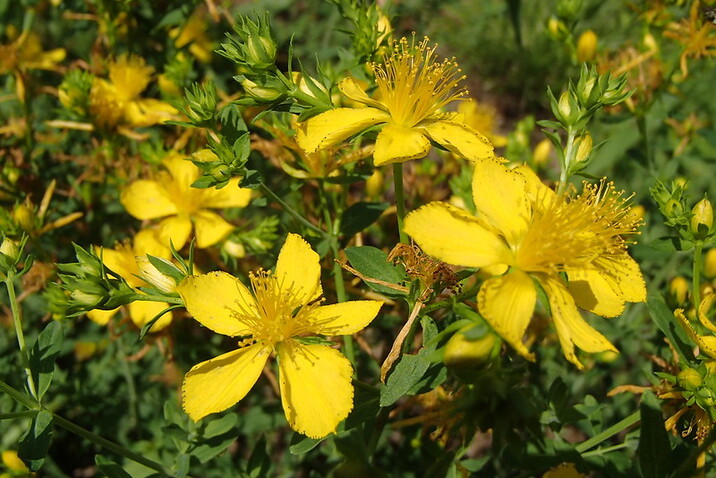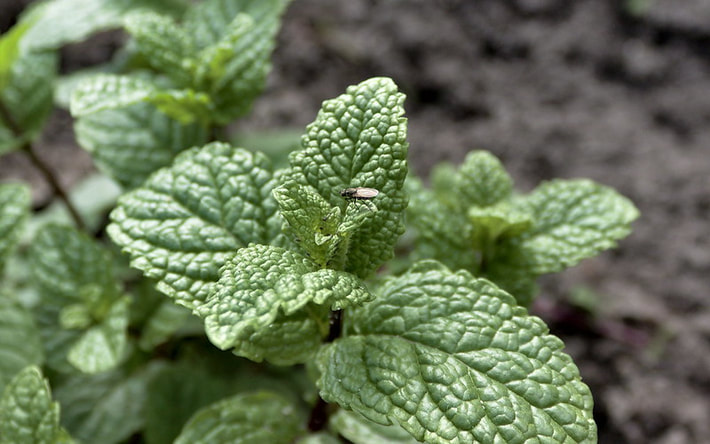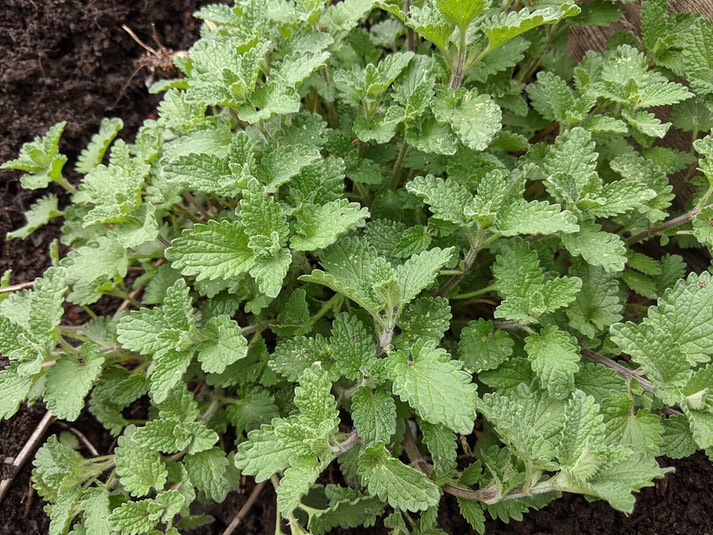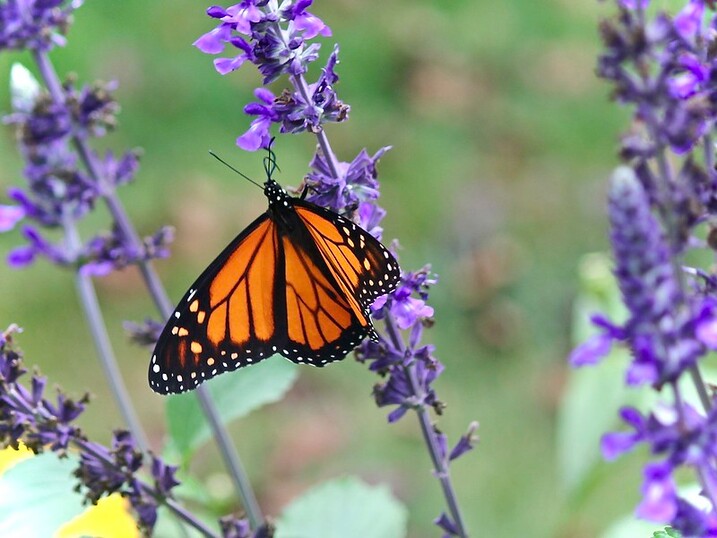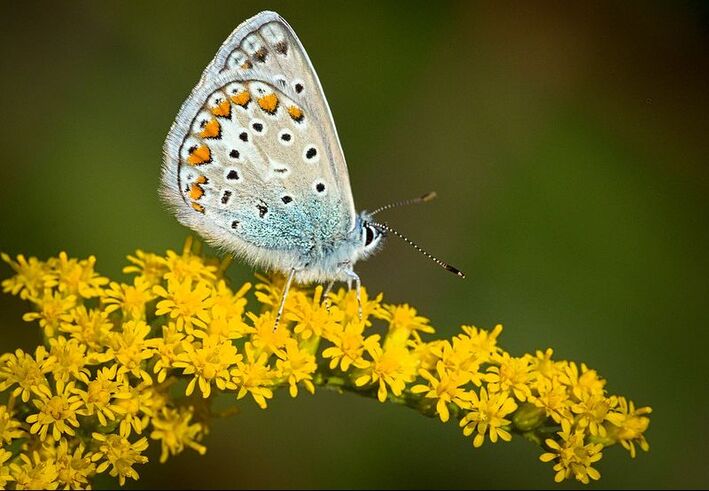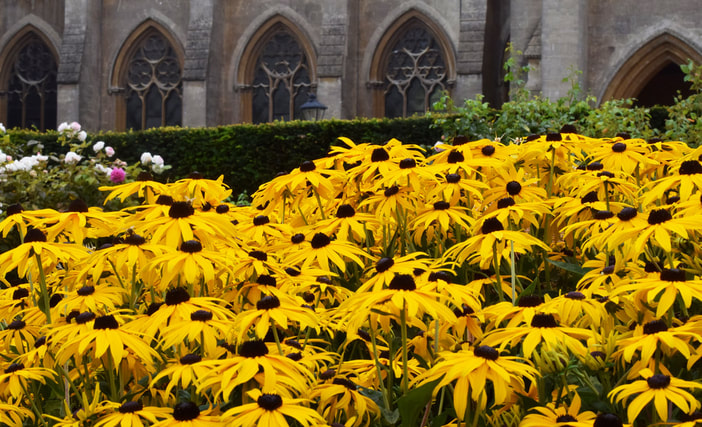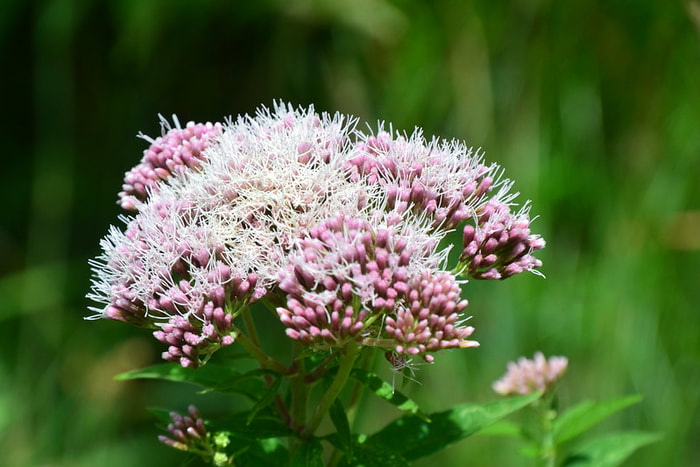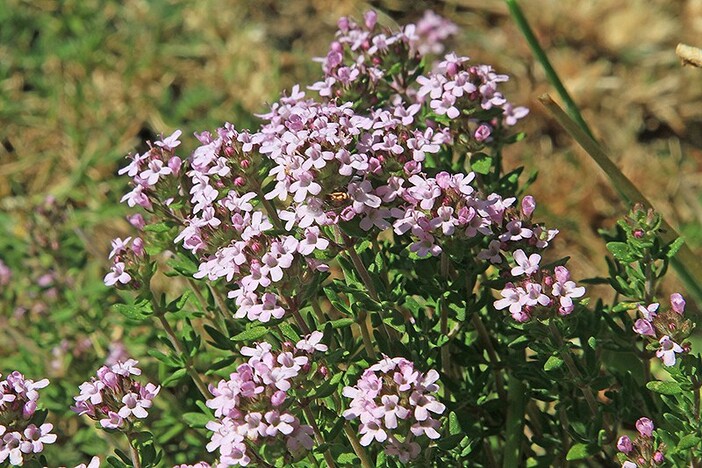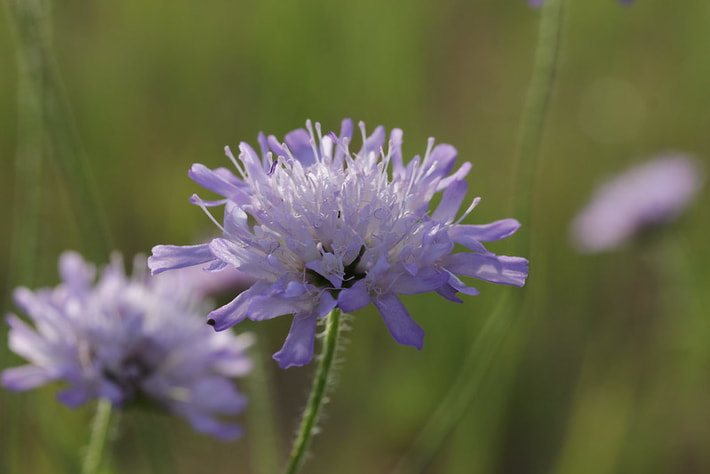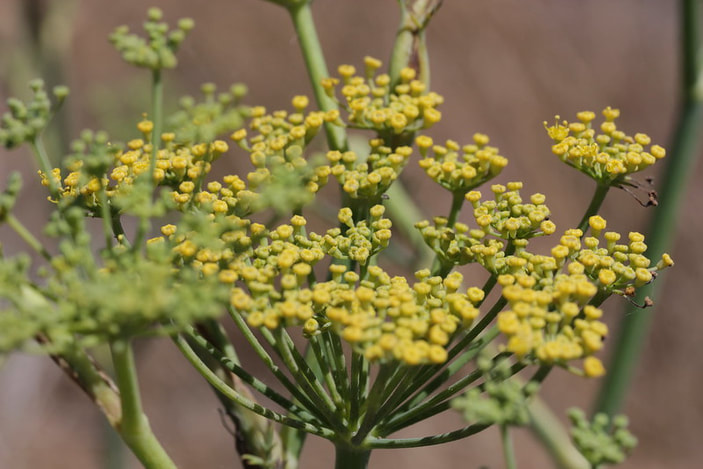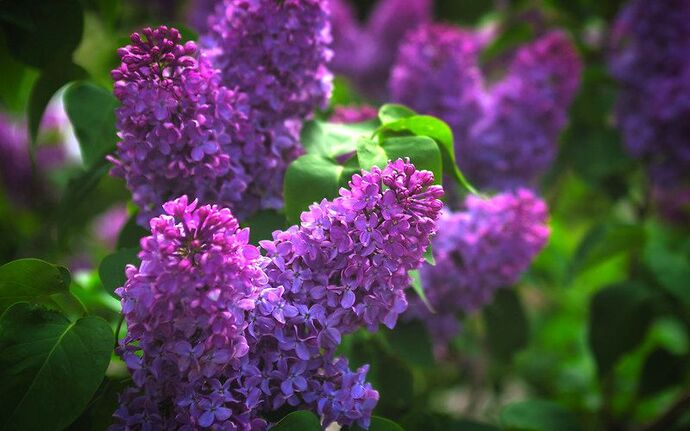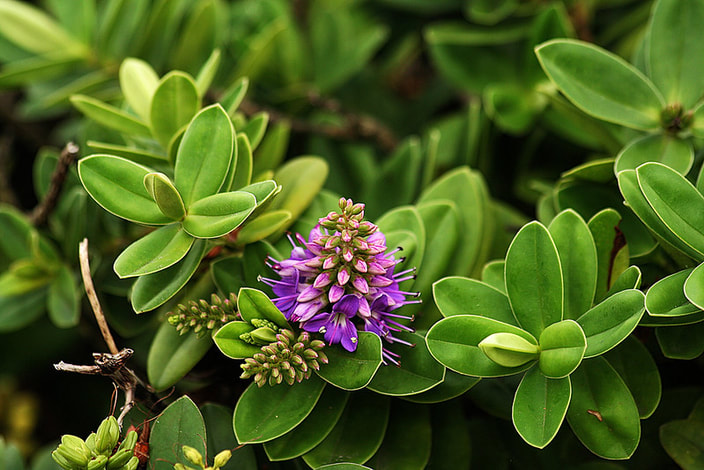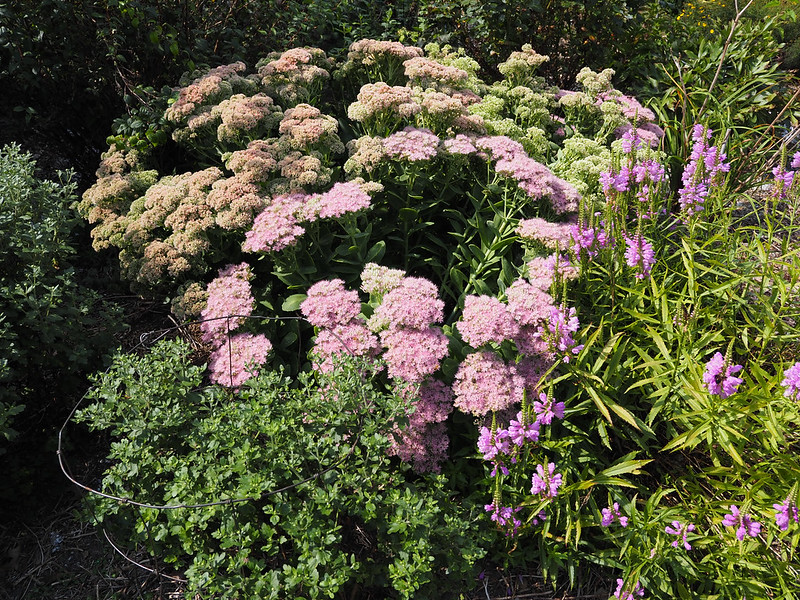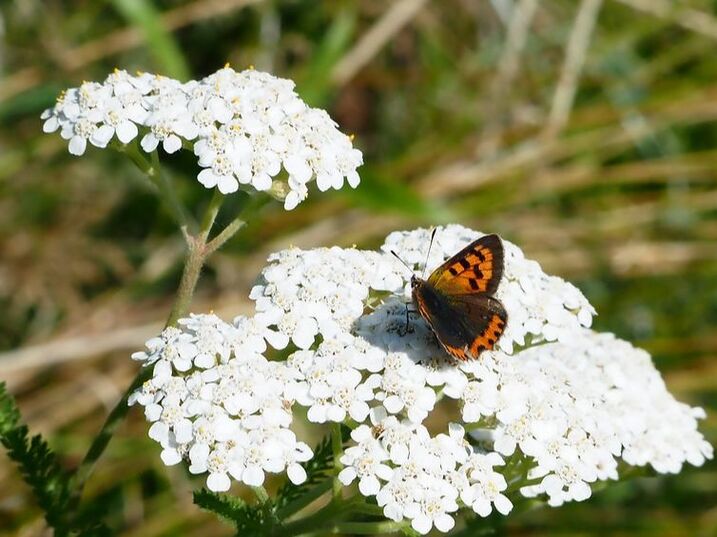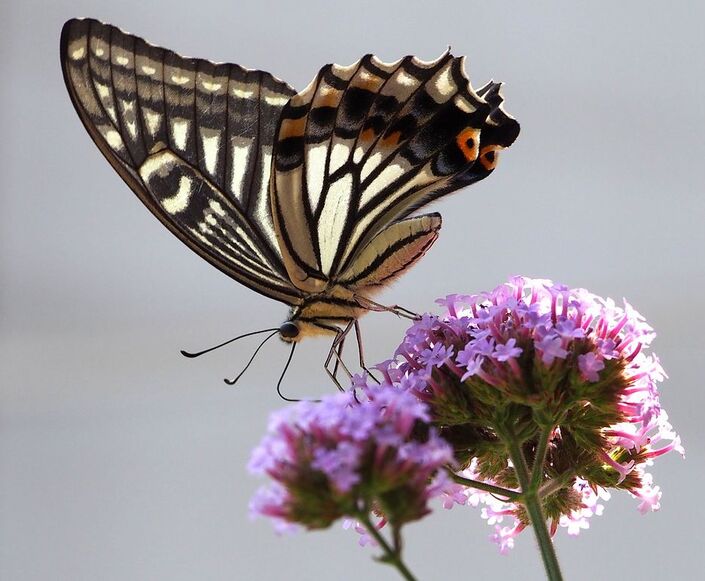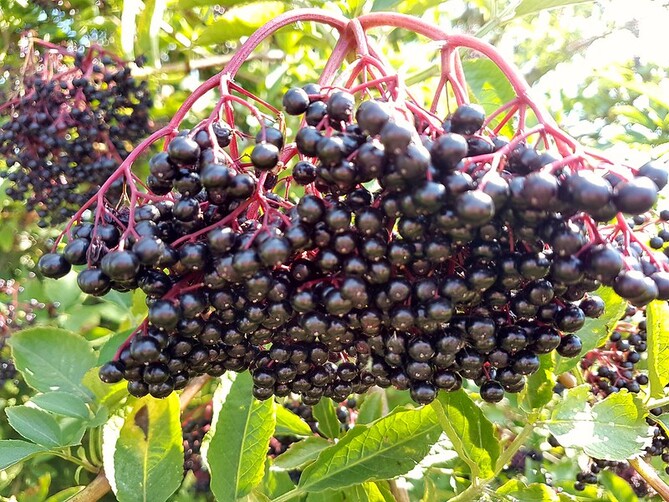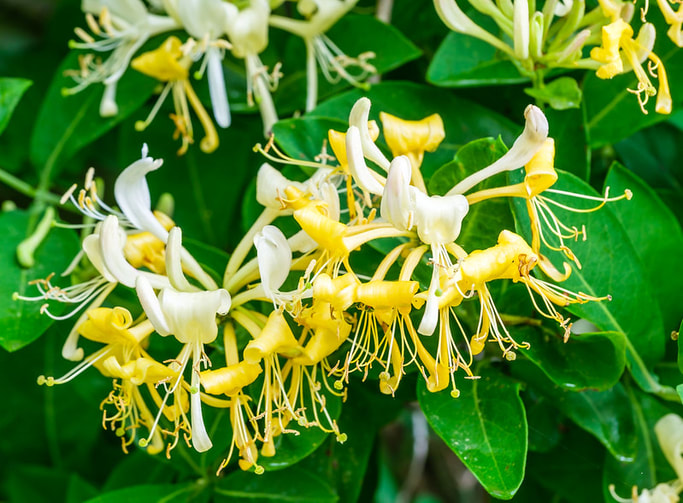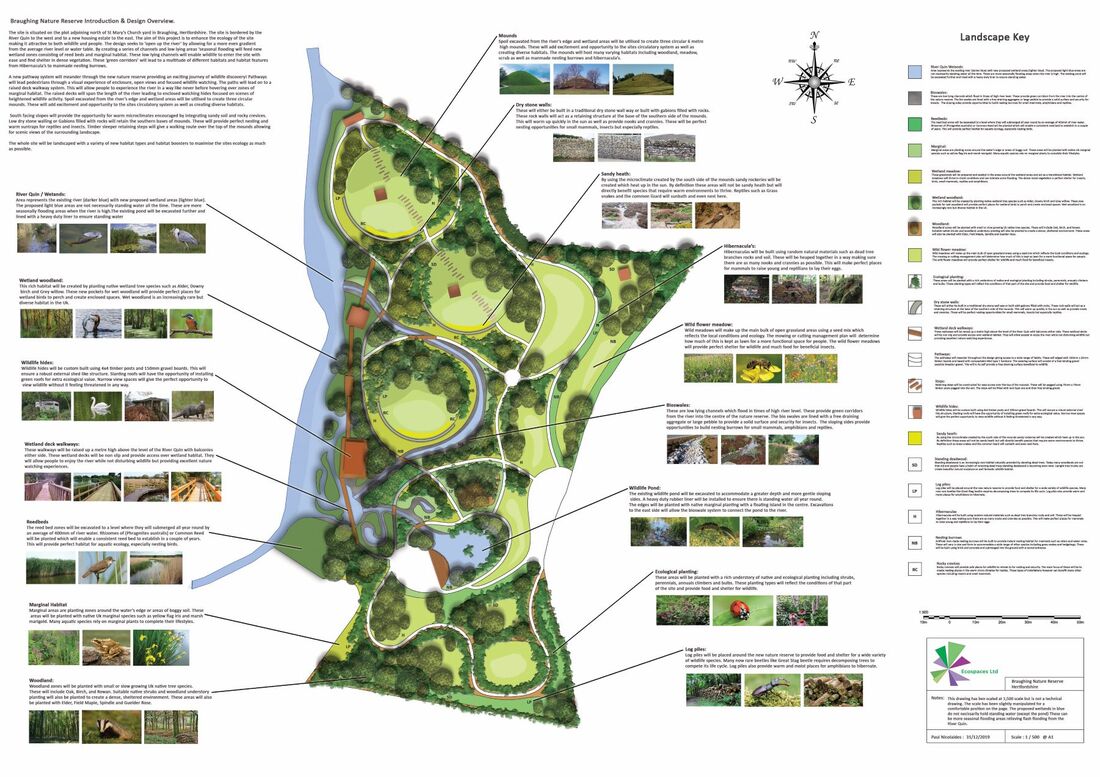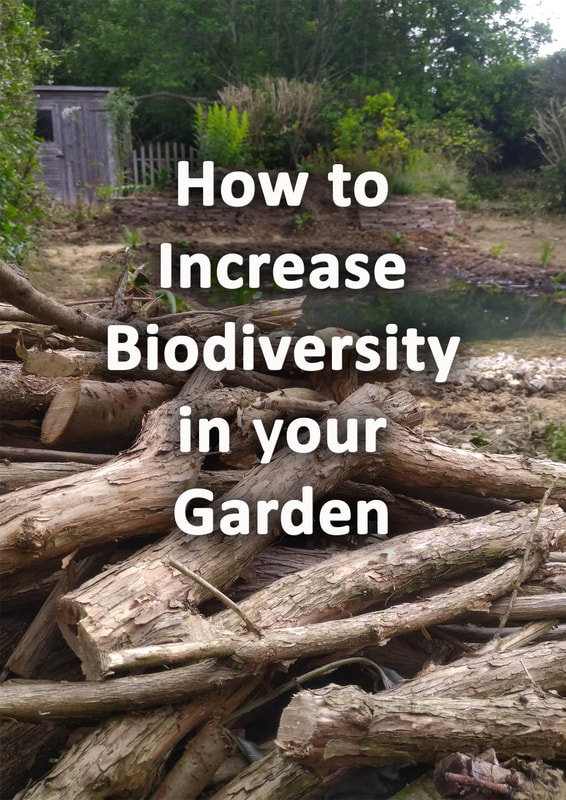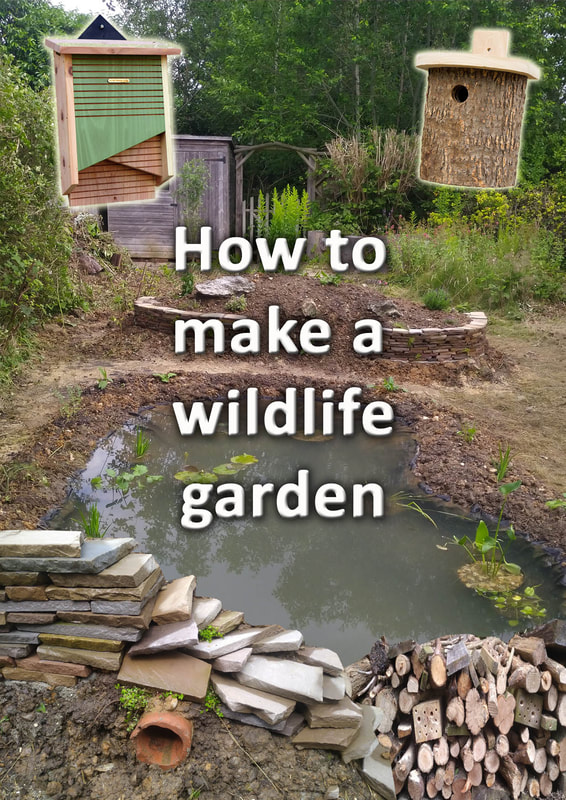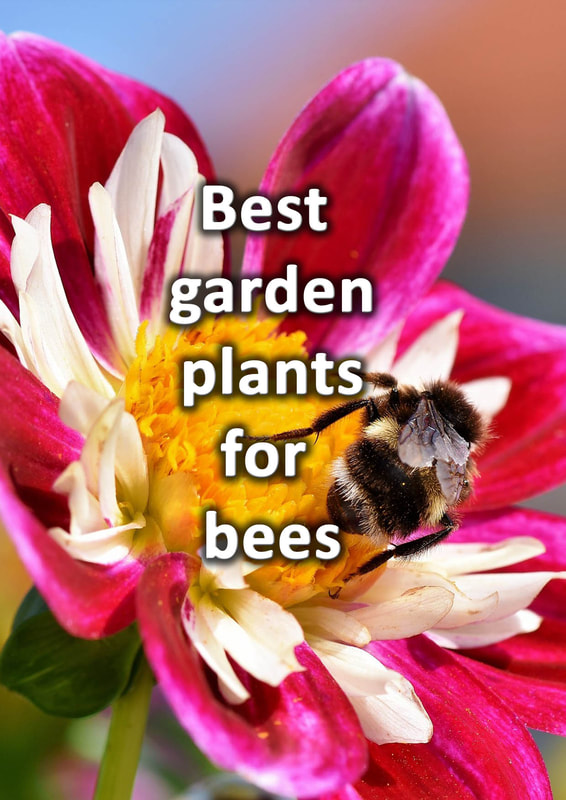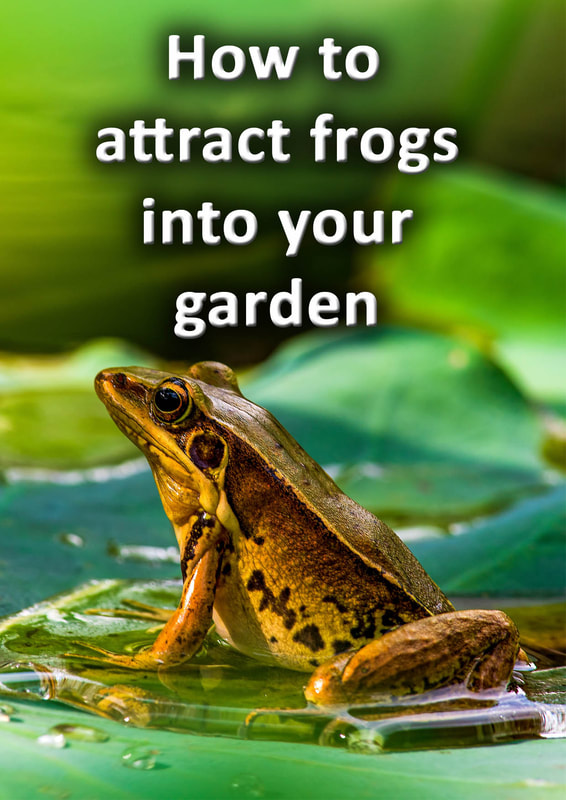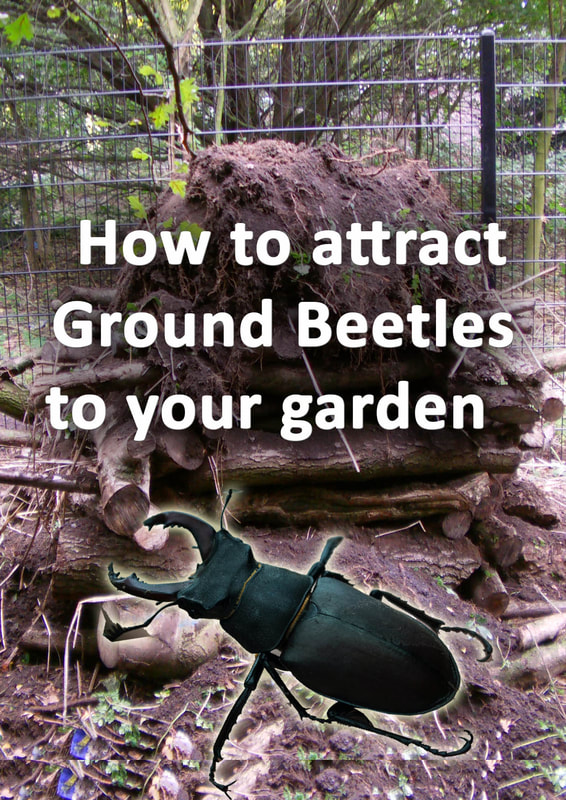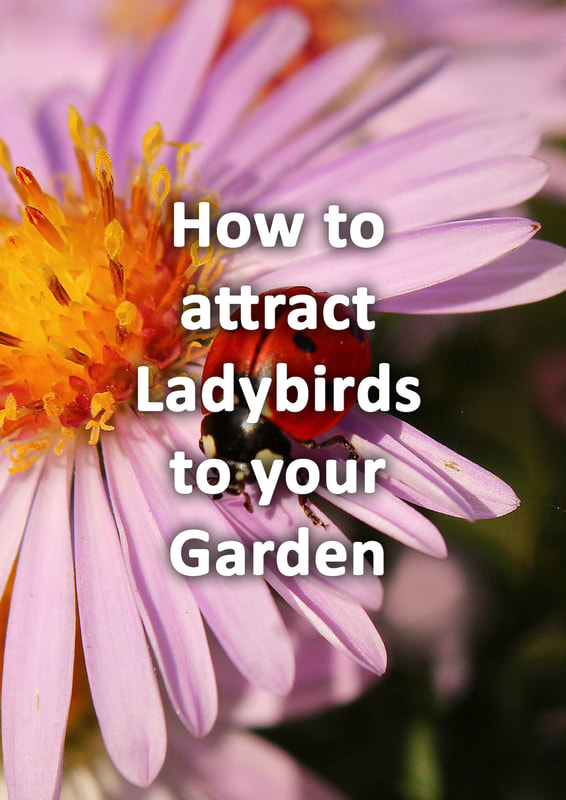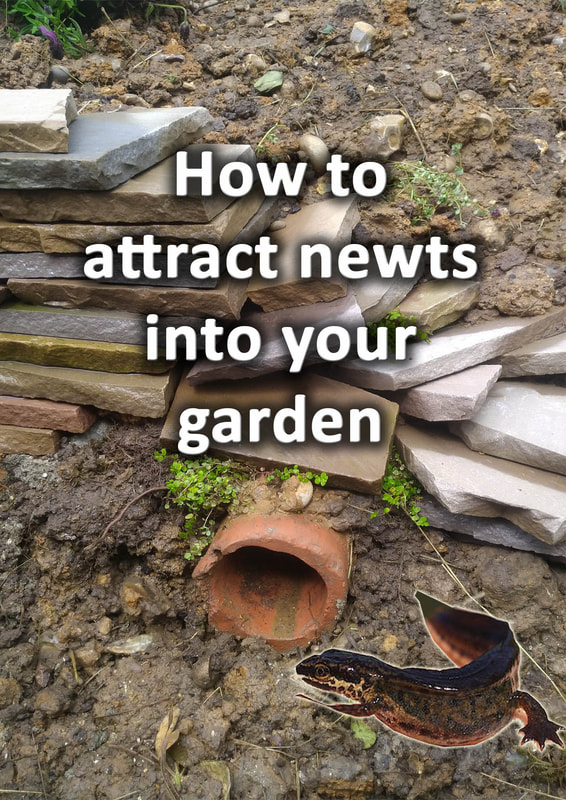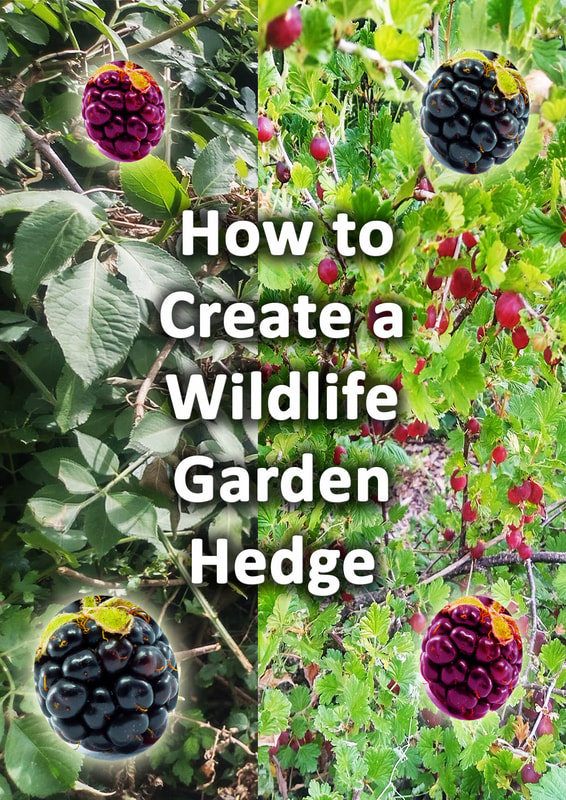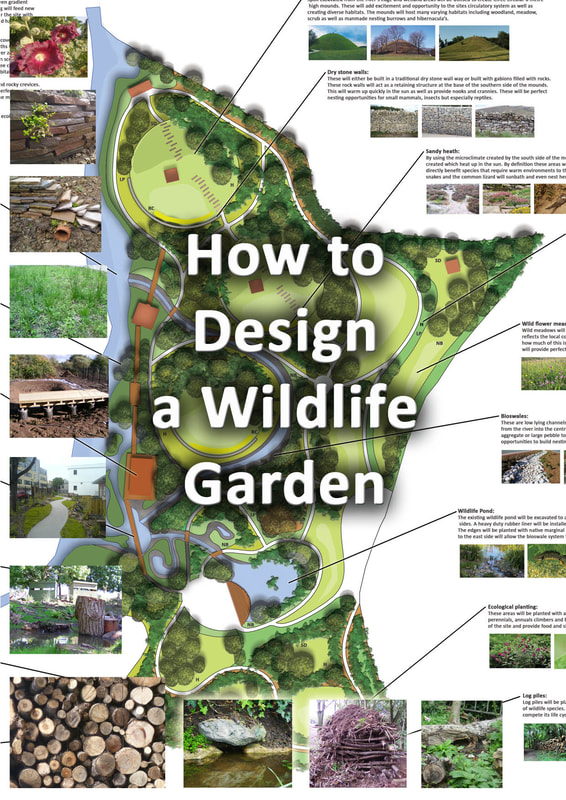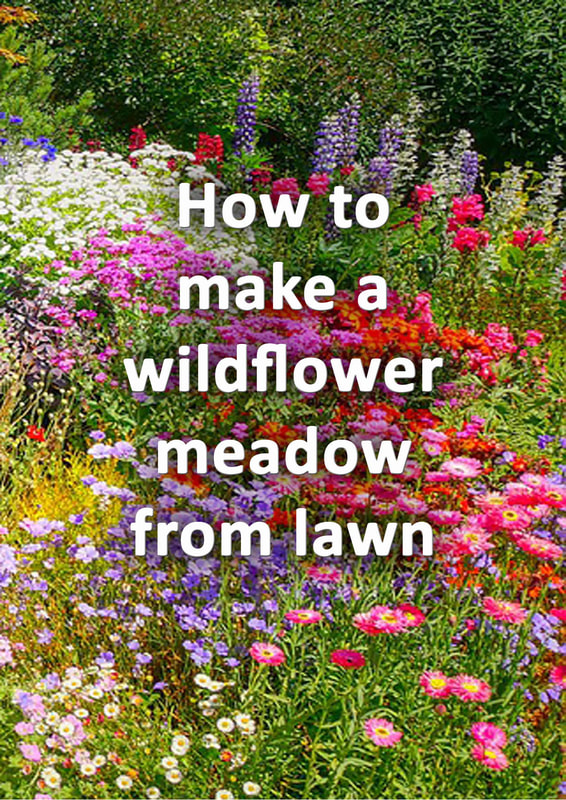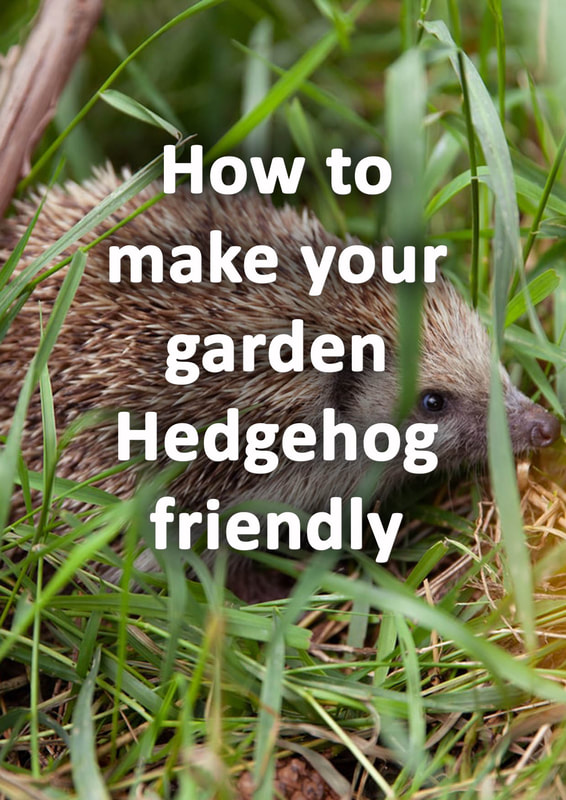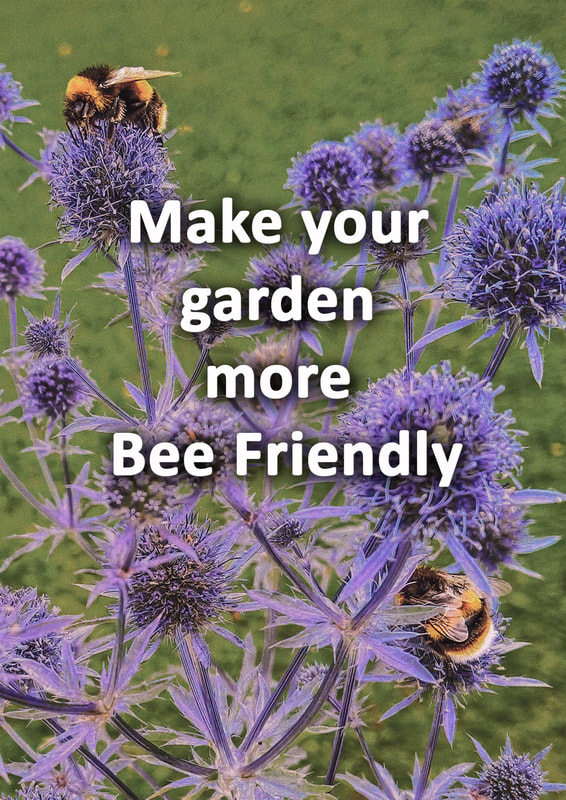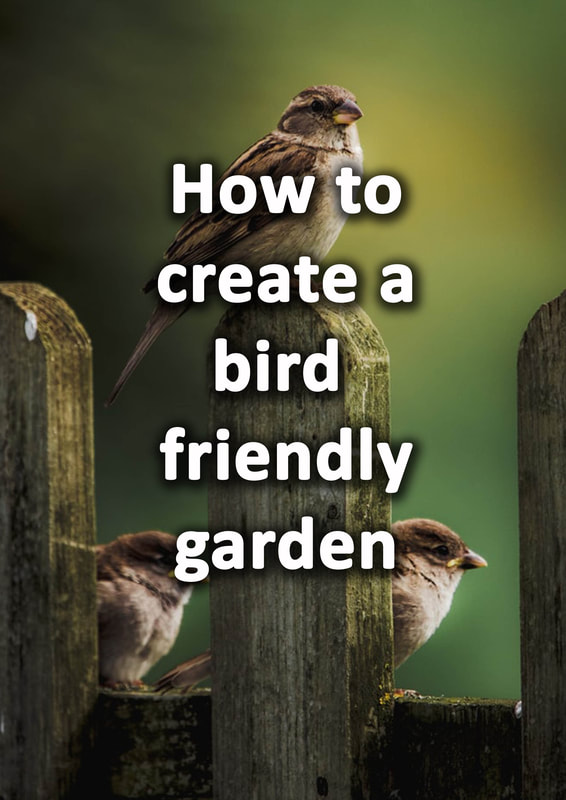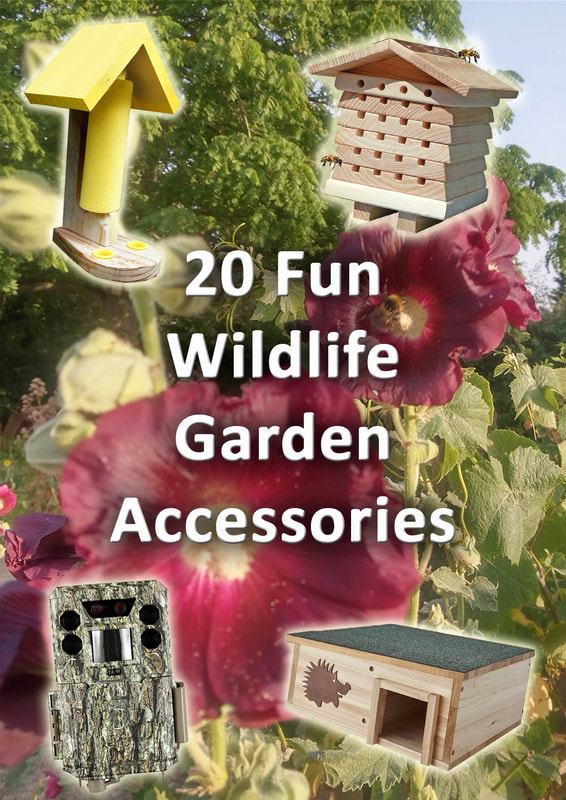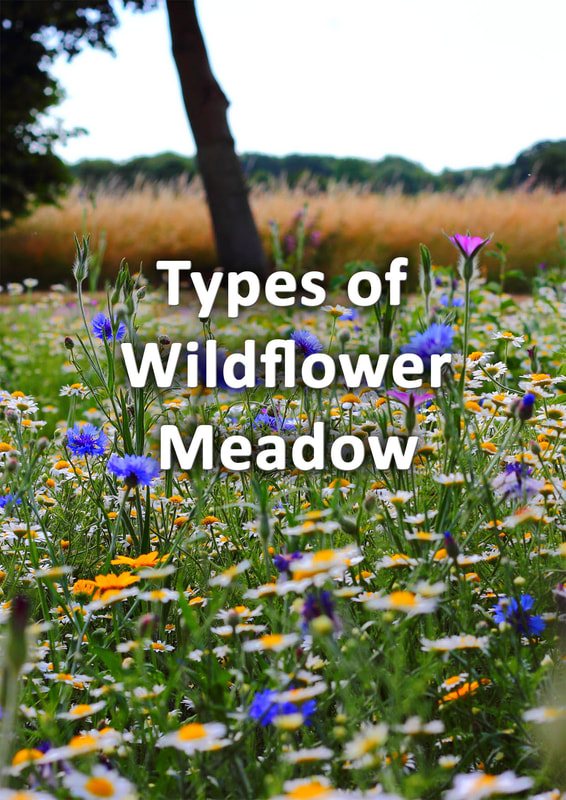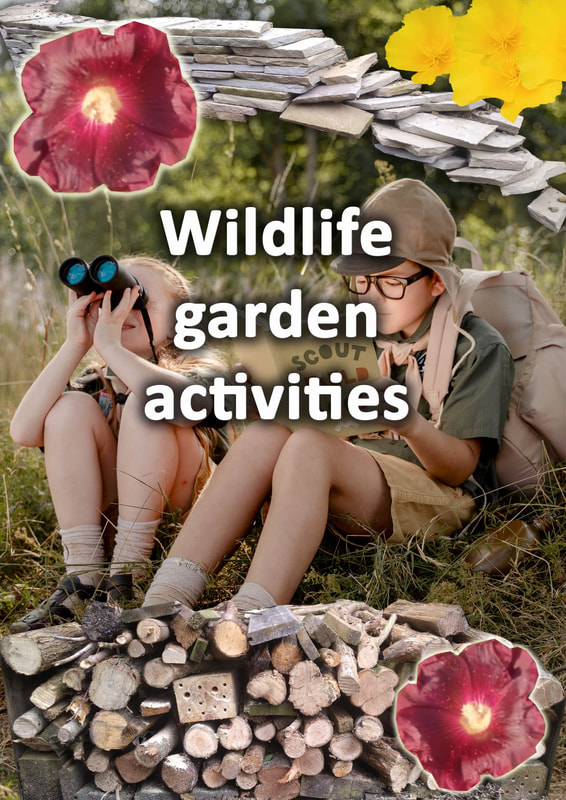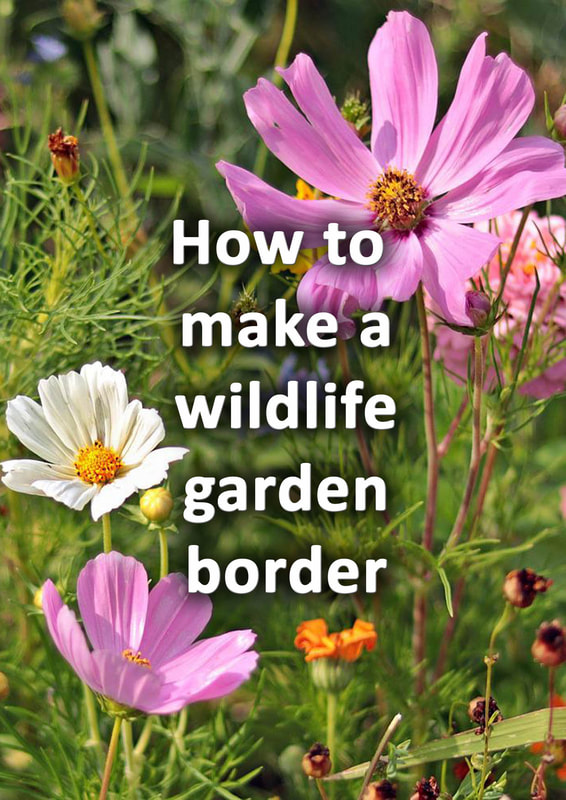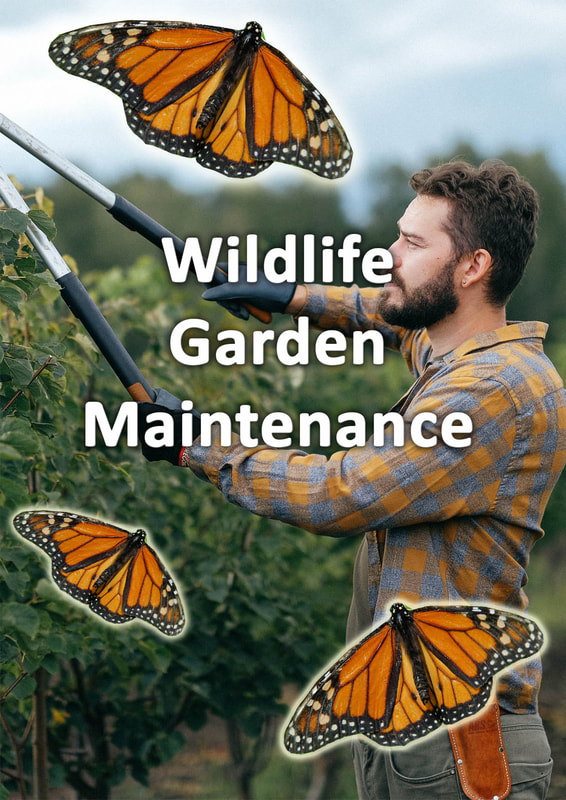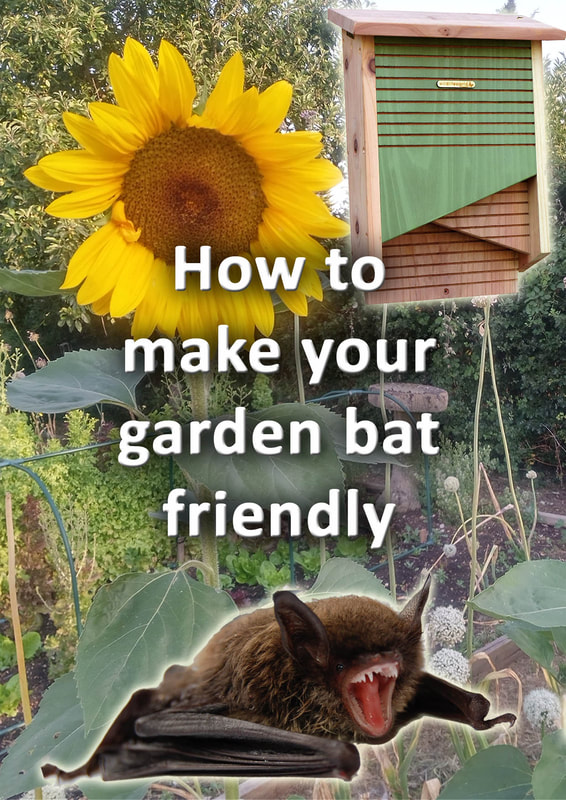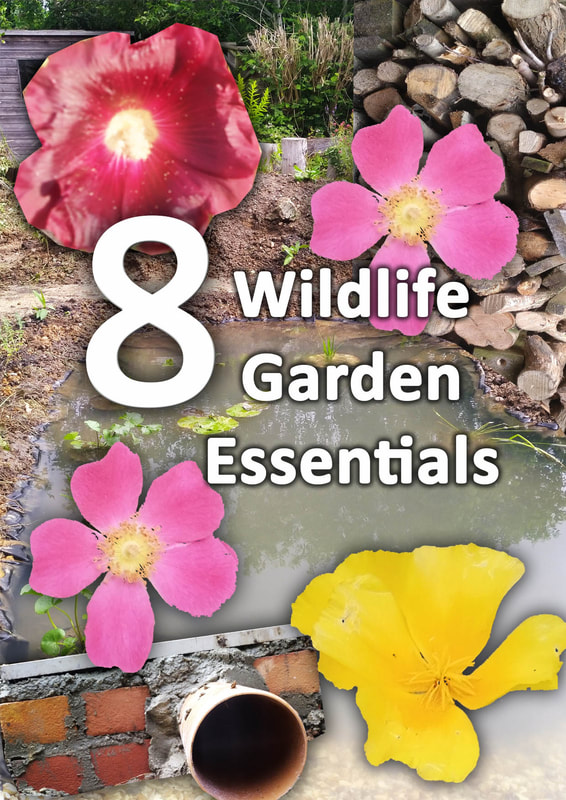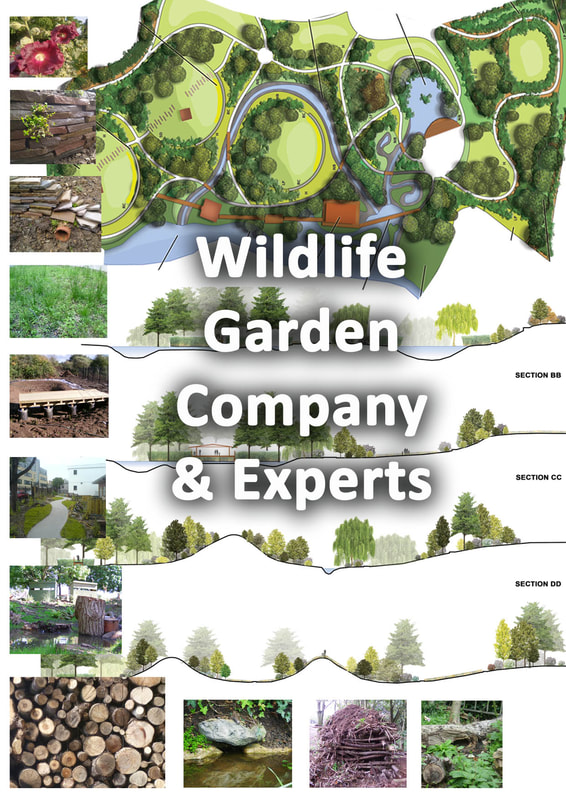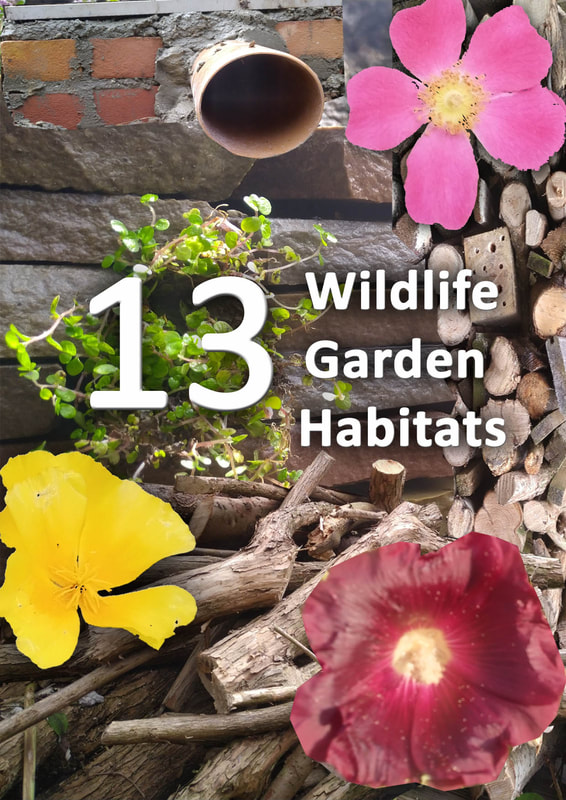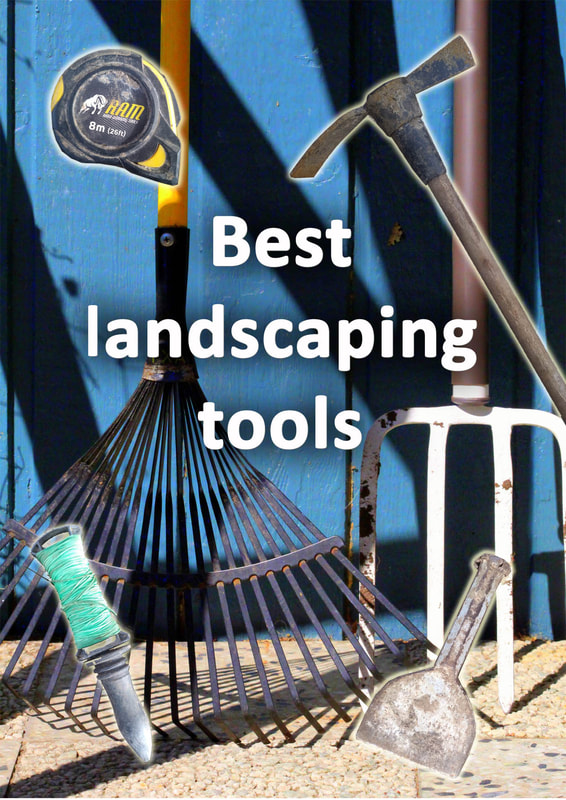|
This article contains affiliate links
Butterflies are always a joy to see in the garden with their fluttering inducing a feeling of tranquillity.
Although we may see the odd butterfly there could be up to a dozen species visiting your garden frequently. Unfortunately butterfly numbers have been in steady decline for many decades. Overdevelopment combined with modern farming practices have led to a dramatic decline in butterfly numbers. These declines can be exacerbated by the fact some caterpillars eat specific wild plants.
This leaves them very vulnerable to habitat loss. On the whole butterflies like to feed on the nectar of plants with flat flowers.
With private gardens being so rich in varying plant species they have become a haven for butterflies. However the best way to make your garden perfect for butterflies is by growing the plants they love. In this article we list the 25 best garden plants for butterflies to attract as many butterflies as possible. 1. Aster
Asters are very popular perennial garden plants which can grow to a height of 1 metre. These plants have a vertical growing habit with multiple stems producing a carpet of purple, daisy like, flowers. Butterflies can often be seen feeding from aster flowers during the summer months. 2. Echinops
Echinops are a striking looking plant which is closely related to the globe thistle. It has silvery, spiky foliage which makes it popular in Mediterranean gardens and architectural planting schemes. Echinops have circular, globe like, flowers which are extremely popular with many species of butterfly. 3. Red valerian
Red valerian is a medium sized perennial plant with clusters of pale, pink and red flowers. Originally from the Mediterranean this plant has naturalised itself particularly in southern England. The flowers are rich in nectar which butterflies love to feed from. 4. Wild marjoram
Wild marjoram is a perennial herb which is extremely widespread and popular in cookery. Every year it shoots up to about a foot in height and flowers during the summer. The flowers attract masses of insects including butterflies and bees. 5. Buddleia
One of the most famous butterfly attracting plants is the Buddleia. This shrub from Asia is often referred to as the ‘butterfly bush’. During the summer butterflies can be seen feeding from its long, tubular flowers. 6. Lavender
Lavender is an extremely popular herb grown in many gardens for its decorative foliage and flowers. Unlike other herbs it is not often used for cooking but can be used for bath products. During the summer its flowers attract many species of insects including butterflies. 7. Common knapweed
Common knapweed is a wildflower native to Europe which has naturalised in the UK. Often thought of as a weed this plant has attractive blue flowers which are very rich in nectar. Due to this it is very popular with butterflies and perfect for planting in a wildflower meadow. 8. Echinacea
Also known as the Coneflower Echinacea is originally from Central and Eastern America. Its natural habit is growing in open meadows and woodland glades. These herbaceous perennials have attractive flowers which are particularly loved by butterflies. 9. Hypericum
Hypericum, commonly known as St Johns Wort is a very widespread species which is found on most continents. The most common variety is a small shrub which has small leaves and yellow flowers with five petals. The flowers are fed on by many beneficial insects including butterflies. 10. Mint
Mint is a very common herb and is grown in many gardens for its culinary uses. Normally confined to herb growing areas mint also has much wildlife value. When the plant is allowed to flower it becomes a hive of activity for insects. Butterflies can be seen feeding on the dark blue and purple flowers. 11. Catnip
Catnip is a widespread perennial herb and is a part of the mint family. This plant is typically very popular amongst cat lovers and for good reason. The chemical composition of the plant has a stimulant effect on cats. During the summer months it is also covered in small flowers which are fed upon by butterflies. 12. Salvia
Salvia is a broad species of plant which is very popular with gardeners around the world. Probably the most famous salvia is the common sage. However all salvias have very attractive flowers which butterflies are commonly seen feeding upon. 13. Golden rod
Golden rod is a perennial plant which has a vertical growing habit and masses of yellow blooms. Closely related to the Aster it originates from North America but has now naturalised across Europe. Being extremely hardy and tolerant it can be seen growing on waste ground and along roadsides. 14. Rudbeckia
Also known as 'Black eyed Susan' Rudbeckia is a short lived perennial originally from North America. This plant has long, branching, stems which climax in a stunningly, beautiful, large daisy like, flower. The flower is regularly fed upon by butterflies searching for tasty nectar. 15. Hemp agriomyHemp agriomy is a tall perennial plant which is regularly found in damp, boggy areas. It has the ability to spread easily and has become naturalised in many temperate regions. The plant has clusters of pink flowers which are extremely sought after by many insects including butterflies. 16. Thyme
Thymes is a well known and popular herb which is regularly used in cooking recipes. This plant is also a very effective landscaping specimen and effective in rockery gardens. During the summer it produces masses of tiny flowers which butterflies love to feed upon. 17. Field scabious
Field scabious is a herbaceous perennial which can generally be found growing in open grassland. This plant prefers alkaline and neutral soil and is a familiar sight on chalk grassland. Field scabious can often be seen growing in wildflower meadows with well drained soil. It has small, lilac flowers, which are a favourite food source for butterflies. 18. Fennel
Fennel is a very common herb and well known for its feathery foliage and aniseed aroma. This hardy perennial is originally from the Mediterranean and is utilised in many recipes. In late summer Fennel produces masses of small yellow flowers which become a magnet for butterflies and beneficial insects. 19. Lilac
Lilacs are a small tree or large shrub with attractive leathery leaves and large flower clusters. Originally from southeast Europe they have become popular in many gardens worldwide. When in flower the lilac is extremely popular for both butterflies and moths. 20. Hebe
Hebes are evergreen shrubs with leathery leaves and attractive flowers. Originally from New Zealand they are commonly found along coastal regions. They have evolved to be hardy which makes them very easy to grow. When they flower they produce decorative flower clusters which butterflies love. 21. Sedum
Sedums are a very broad group of plants which are characterised by their leathery and fleshy leaves. Similar to succulents sedums are used to well drained and drought conditions. When they flower they attract many butterflies with carpets of tiny flowers. Sedum herbsfreude ‘autumn joy’ is a good example of this. 22. Yarrow
Yarrow is a wildflower which is common to the temperate, northern, hemisphere. This herbaceous perennial is commonly found along embankments or in wild grasslands. There have been many cultivars developed in modern times. Butterflies love to feed on the carpets of small flowers which bloom during summer. 23. Verbena bonariensis
Also known as Argentinean vervain this perennial, plant has become particularly popular in recent years. In summer the plant sends up tall, flower heads which seem to dance on the breeze. The clusters of lavender purple flowers are particularly rich in nectar which butterflies love. 24. Elderberry
Elderberry is a well known and common shrub which is typically found in woodlands and hedgerows. Elders have also become rather popular in gardens with many interesting cultivars developed. This shrub flowers in early summer with carpets of fragrant white flower clusters. Butterflies love to feast upon the rich nectar from this plant. 25. Honeysuckle
Honeysuckles are originally woodland, climbing, plants native to both Eurasia and North America. It has become a popular garden climber which is often trained up pergolas and trellis. During the summer Honeysuckles produce decorative and scented flowers which butterflies feed upon regularly. Wildlife garden services
Buckinghamshire landscape gardeners are experts in wildlife garden design and construction. Acting as the domestic landscaping part of Ecospaces we have over 20 years experience in ecological landscaping and sustainable construction. If you are interested in our wildlife garden services please do not hesitate to contact us. Our wildlife garden services include:
Thank you for reading our article on the 25 best plants for garden butterflies. If you are planning on creating a wildlife garden, why not contact us or visit our resources page.
'As an Amazon associate I earn from qualifying purchases'
1 Comment
7/3/2022 01:40:37 am
Butterflies love flowers, so it's no wonder that gardeners are always on the lookout for butterfly-friendly plants. You can plant nectar-rich flowers in your butterfly garden to attract them to your yard.Butterflies don't need much more than a little water and some sunlight.
Reply
Leave a Reply. |
The Author
|
Landscaping services across Buckinghamshire, Amersham, Aylesbury & High Wycombe
Hyde Heath, Amersham, Buckinghamshire |
|

